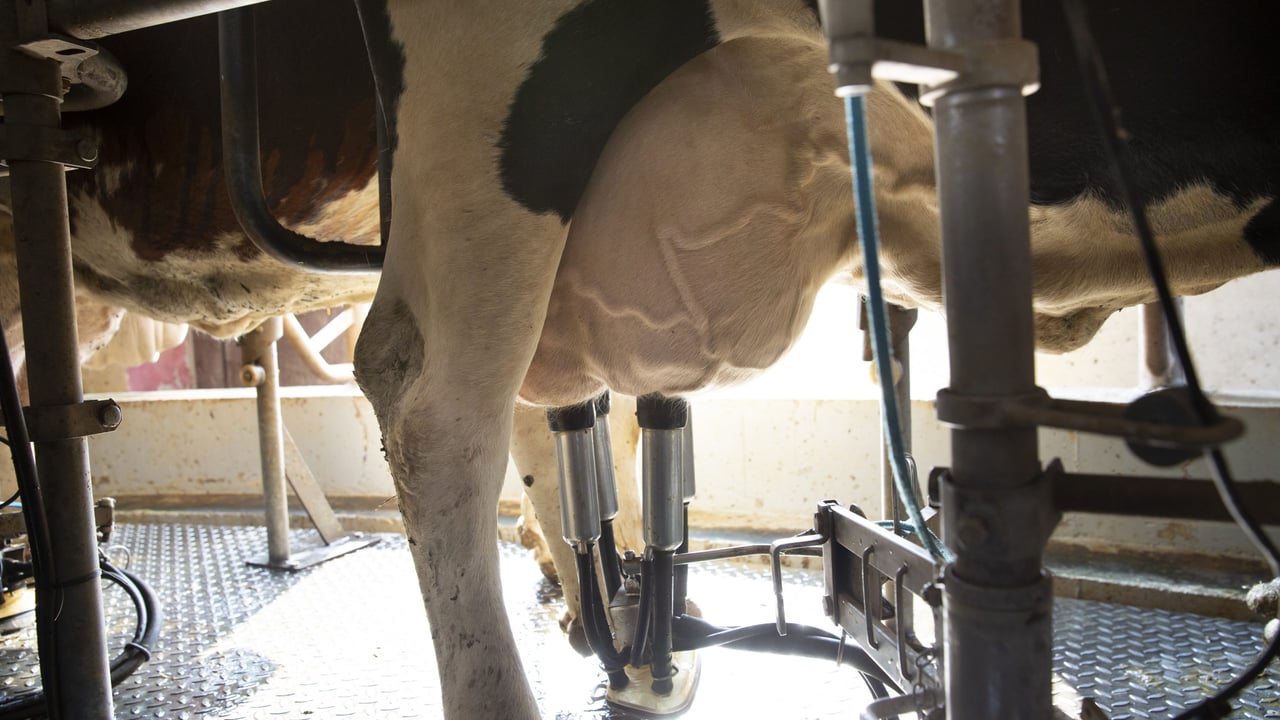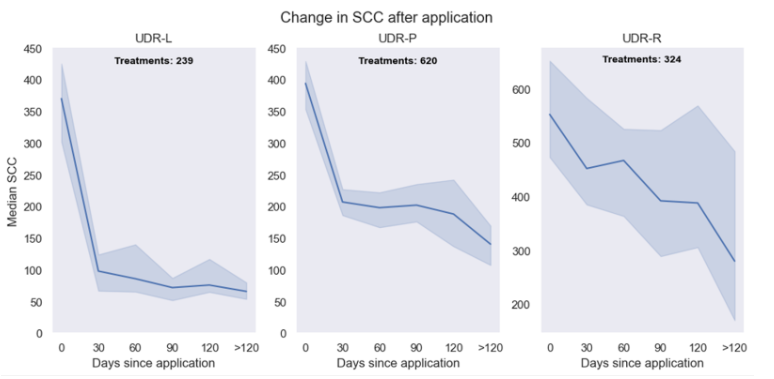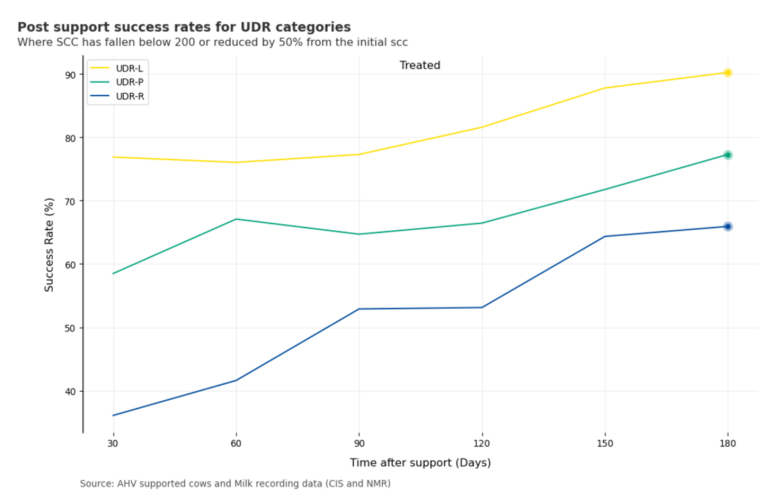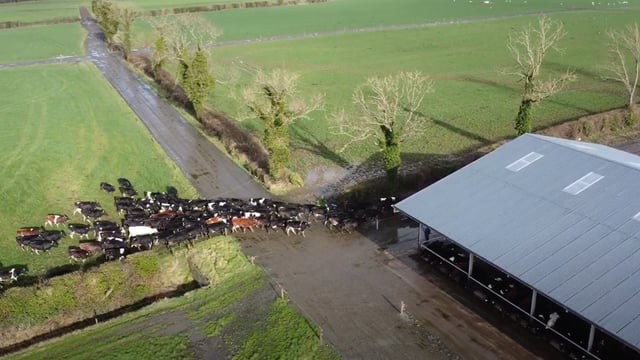Sponsored Article

Sponsored Article
Udder health: Identifying cows before they become chronic
Sponsored Article

A data-focused, game-changing software is now being introduced to Irish dairy farmers as another weapon to help prevent cows from becoming chronic, so they stay in the herd for longer, by monitoring and maintaining good udder health.
The Milk Production Record (MPR) analysis service by AHV is a free service to help Irish farmers take control of udder health, maximise productivity, and increase longevity.
Following its tremendous success in the UK, Netherlands, Germany, France, and Belgium, it is now being rolled out across Ireland.
Udder health issues often develop long before clinical symptoms appear, making early detection crucial to prevent cows becoming chronic.
With MPR analysis, AHV identifies cows with elevated somatic cell counts (SCC), and/or energy imbalances - key indicators of underlying challenges.
By working closely with an AHV consultant, farmers receive expert guidance on how and when to implement the right support, ensuring timely interventions that prevent clinical signs of cruds and/or cows from becoming chronic.
MPR analysis takes your milk recording data and translates it into clear, actionable insights.
It uses a bespoke energy algorithm to assess individual cow’s SCC trends, milk yields, and history to identify which animals need attention before problems escalate to chronic levels.
Additionally, the MPR service tracks cows at risk of severe negative energy balance (NEB), helping to identify metabolic issues that could compromise overall herd health.
After each milk recording, the AHV MPR service tracks the SCC history of individual cows and analyses ‘spike patterns’ - the number of SCC increases over a certain threshold within a set timeframe.
Cows are then categorised into risk groups based on their SCC trends:
- ‘L’ cows – showing early signs of udder health challenges;
- ‘P’ cows – indicating more established udder health challenges;
- ‘R’ cows – classified as ‘repeat offenders’ with persistent high SCC.
This categorisation reflects the level of bacterial load in the udder and determines the appropriate level of AHV product support.
The key aim is to intervene early at the ‘L’ and ‘P’ stages, reducing the proportion of cows progressing to the problematic ‘R’ stage over time.
As the diagram above shows, by acting early, AHV-supported ‘L’ cows typically see SCC reductions to below 200,000 cells/ml within one milk recording.
‘P’ cows also respond well, though they take slightly longer to reach a stable level. ‘R’ cows, carrying a heavier bacterial load, experience SCC reductions but often require more time and may not reach optimal levels.
To quantify success, AHV defines it as either a drop below 200,000 cells/ml or, in extreme cases where SCC is in the millions, at least a 50% reduction.
Results as depicted in the image below show:
- 78% of ‘L’ cows achieve success by the next milk recording;
- 67% of ‘P’ cows reach success by the second recording post-support;
- 53% of ‘R’ cows show success by the third recording, with continued improvement over time.
By combining quorum sensing technology, ongoing MPR monitoring, and expert consultant support, AHV offers Irish farmers a proactive, preventative strategy that delivers real, measurable improvements in herd performance.
Applied post-calving, AHV solutions effectively ‘clean out’ bacteria that has built up in the cow's udder during the dry period, ensuring she starts her lactation strong.
This means healthier udders and easier udder health maintenance, all while supporting long-term milk quality and production.
The future of animal health is about prevention, not reaction. With AHV’s free MPR analysis, you can harness your farm’s own data to make informed decisions, safeguard your cows’ health, and protect your bottom line.
Sponsored Article








